Design lightings are one of the strongest segments of the Czech glass market and one of its most important contenders is Bomma glass manufacturer. The progressive brand’s monumental, sculptural crystal light installations create a distinctive atmosphere in any space. Their minimalistic yet bold aesthetics are favoured by international architects and interior designers. What does the future hold for traditional hand-made glass pieces? How can such an old material get a makeover? What additional value does a glass manufacturer of the 21st century need to represent? These are some of the questions we asked the Czech designer and Creative Director of Bomma, Václav Mlynář in our interview. This article originally appeared in issue no. 8 of the Hype&Hyper print magazine.
From an early age, Václav Mlynář grew up in a creative community. His mother taught photography at the Academy of Arts, Architecture and Design in Prague (UMPRUM), therefore good design, architecture and style have always been an integral part of Václav’s life. “Recently I found a photo from my childhood in which I built a pedal racing cart from old bikes and baby trolleys,” he reminisced. Later, following in his mother’s footsteps, he studied design first at UMPRUM, then in London at Royal College of Art. According to him, his love for his profession stems from design’s continuous evolution and change. “Nowadays the word design has so many meanings and has become a mainstream topic that reaches all segments of society with many possibilities to explore. I’m very interested in the production aspect of design. Without a perfect understanding of the processes behind products, designers can’t even begin to think about important issues such as sustainability or affordability,” he emphasised. Besides the creative direction of Bomma, the designer’s professional portfolio includes managing a design studio under his name as well as MONUMENT Office creative studio and teaching. We caught up with Václav on a professional trip in which he was a member of the jury of the Slovak National Design Award and talked online about the phenomenon of Czech glass, its current status and what Bomma glass manufacturer aspires to be in the future.
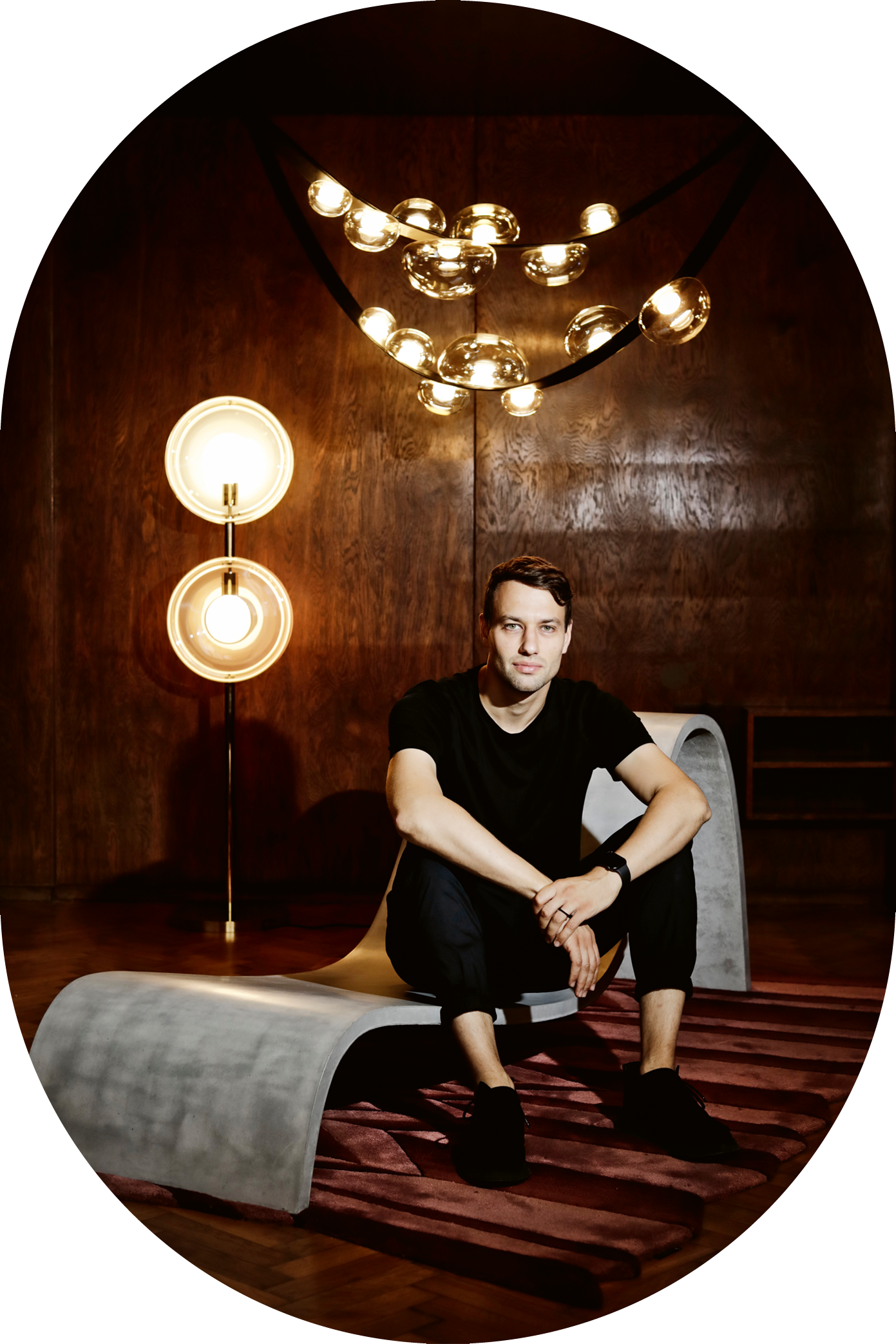
You don’t consider yourself a glass expert by nature, but you’ve been Bomma’s creative director since 2017. When and how did you first become involved with glass as a product designer?
My interest in glass started very early in my studies. I have always been fascinated by the transformation of a very hot liquid into a solid product. Later I learned that this accessibility to glass production is unique to Czechia. We have a long-standing tradition of the craft with many smaller workshops. I already had a few glass products in my portfolio when Bomma offered me the position of Creative Director. Even though I’ve never studied glass making I was not discouraged to take on the opportunity. The position is not only about glass making and design but also about business and marketing and therefore I felt my experience with product design and running a design studio and my start-up company would be a good fit.
Glass manufacturing defines the identity of the Czech creative industry, as its tradition and history lead back to the 13th century. Do you see glass as a classic or as a renewable contemporary material?
I see it as both classic and progressive. It is an ancient old material that has been shaped by humans for over 4000 years, and at the same time, it is fascinating that glass has not lost its relevance even in the age of new high-tech materials. Glass is everywhere we look from Bomma lights to iPhones. It is a material that can hardly be replaced by any other, and has unbelievable properties, thanks to new technological advancements.
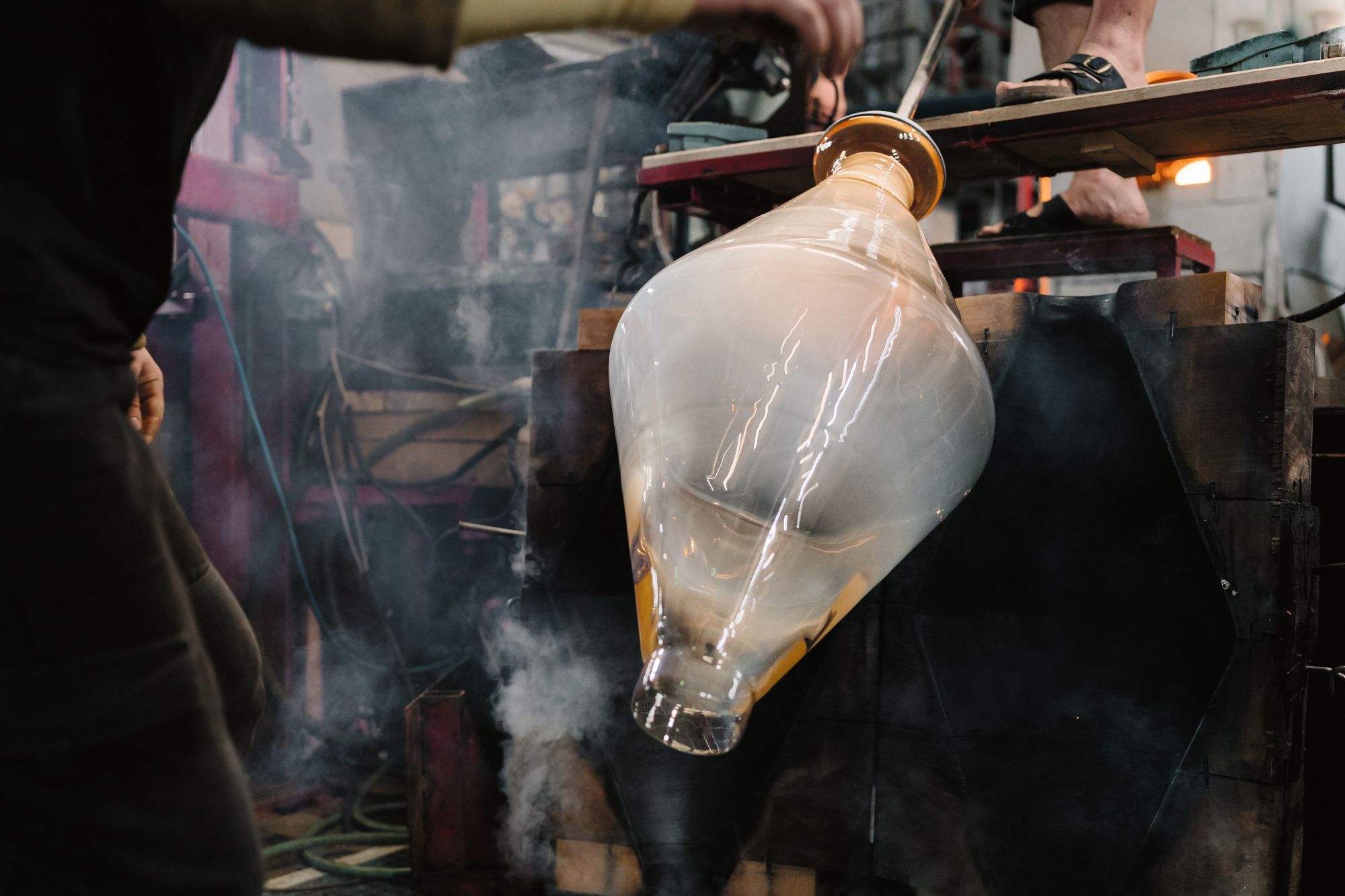
Bomma is a young company. It was founded in 2012, at the time when the famous 100-year-old Svetla glass factory closed. What are the principles behind Bomma’s main philosophy? In what aspects is the company an innovative player in the Czech glass market?
Our goal is to become a brand that is recognisable worldwide. Bomma’s focus is creating glass lighting that has a character so that families keep them for generations. Our success lies in combining old traditional craftsmanship and Czech glass heritage with high-tech technologies and approaches. Thanks to our mother engineering company BM, we can push the limits of modern glassmaking and keep going beyond what is possible. My job is to make sure that our collections are balanced on the edge between unique art objects and serial-produced products.
Unlike heritage Czech glass brands such as Moser or Preciosa, Bomma is one of the most modern glass manufacturers in the country. What exactly does this mean in terms of the production technologies used, the raw materials, or the brand’s product range?
It means that we have a new up-to-date production facility with state-of-the-art technology and very high-quality lead-free crystal glass. But from my point of view, the biggest advantage is flexibility and being open to new ideas. Companies with longer traditions and especially with a history of communist leadership are often very stiff, unnecessarily large organisations that are unable to quickly react to the challenges of today. Bomma’s strength is also in the production facility itself, where we not only make our lighting but also many other quality products for well-known companies from all over the world. We can diversify our portfolio to have economic stability during uncertain times.
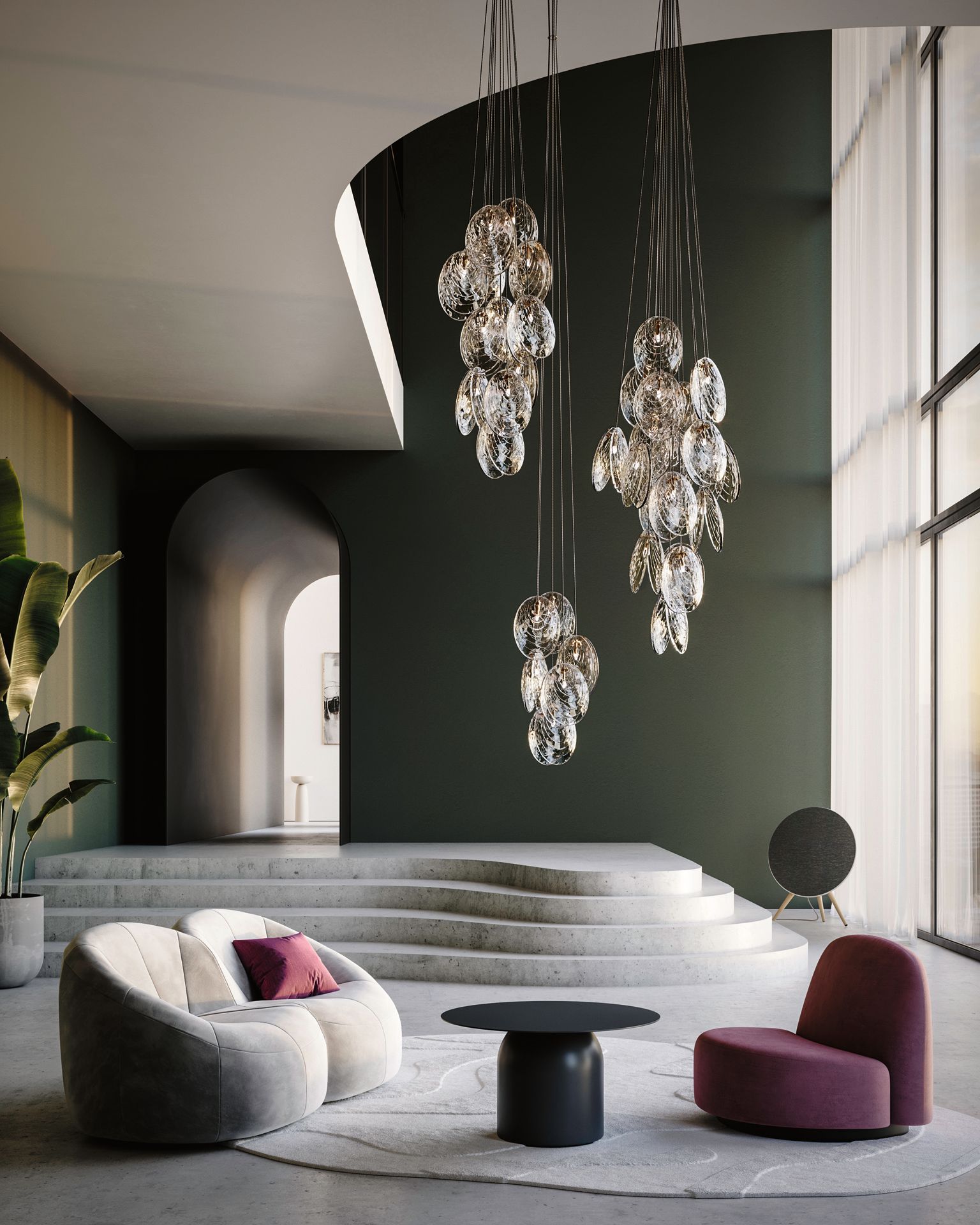
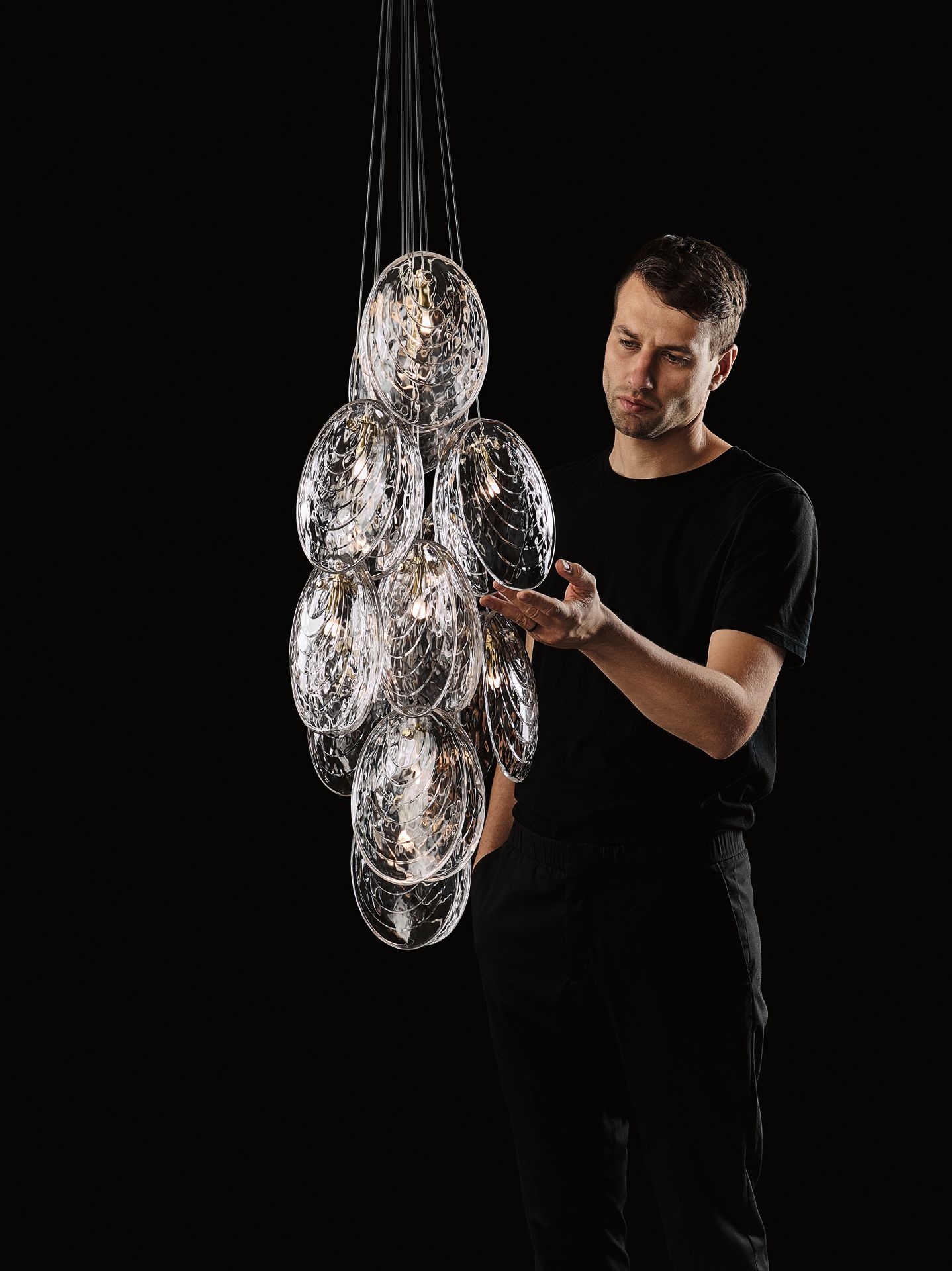
The product range of Bomma is dominated by lighting collections: the Ama, Buoy, Mussels, Lens, and Orbital collections, for example, are your designs, but the brand often works in collaboration with different design studios or glass artists.
When I came to the company, Bomma had two design directions. One was lights and the second was cut decorated tableware created on our CNC machines. One of the first decisions I pushed through was to discontinue the tableware line and focus merely on lighting. This move was crucial for the growth of the company allowing us to focus all our energy on going in the right direction. Working with external designers is essential for us. We are always looking for new, interesting ideas and they can come from anyone: whether the designer is a superstar or a student, the only important thing is how unique the design proposal is.
In the history of Bomma, perhaps our most important product line is Tim by Olgoj Chorchoj, which is also one of our first collections. These pieces represent Bomma’s entry into the world of high-end lighting design, and years later today, these are still one of our most sought-after products. Tim is free-blown glass without the use of form, and that shows incredibly well what Bomma is all about: enormous, organic lighting objects, a collection in which each piece is unique. Today, we venture into different directions as well—we believe it’s important to keep lighting technology solutions within the company. A great example of this is our Ama collection in which the light source is LED chips in a round bulb. The collection was launched at this year’s Salone del Mobile exhibition.
As one of the most well-known Czech glass artists, Rony Plesl pointed out in an interview that hand-made glass is difficult to reconcile with the 21st century. The collapse of glass factories is not only about a crisis or bad marketing but rather a natural process. What do you think are the main challenges the glass industry needs to face today?
Rony is my friend but I don’t agree with him. I believe that the pandemic and the war in Ukraine have changed many things in the minds of people, and local production is now more appreciated. Due to the rise of AI, fast fashion, and other environmental challenges, people are searching for products that go back to the basics, which are made by people and will last for generations. Therefore, I believe that handmade glass production has a future but it still needs to turn into a modern industry that gets inspiration from the past but also has the ability to progress and move forward.

How did the past three years change the way you look at glass in general? What does the future hold for the Czech glass design scene?
As I have already pointed out, I rather not talk about Bomma only as a part of the Czech design scene, because I see us reaching our potential in a wider context. However, the last couple of years were a wake-up call for many people and companies. It showed how fragile global trade is and how important it is to keep local production alive. The companies that could not quickly adapt to the changes unfortunately closed, but the ones that are more flexible survived and thrive even today. Therefore, I see a bright future and I hope that the smaller glass workshops and artists will make it because without them, we would lose a very important part of our culture.
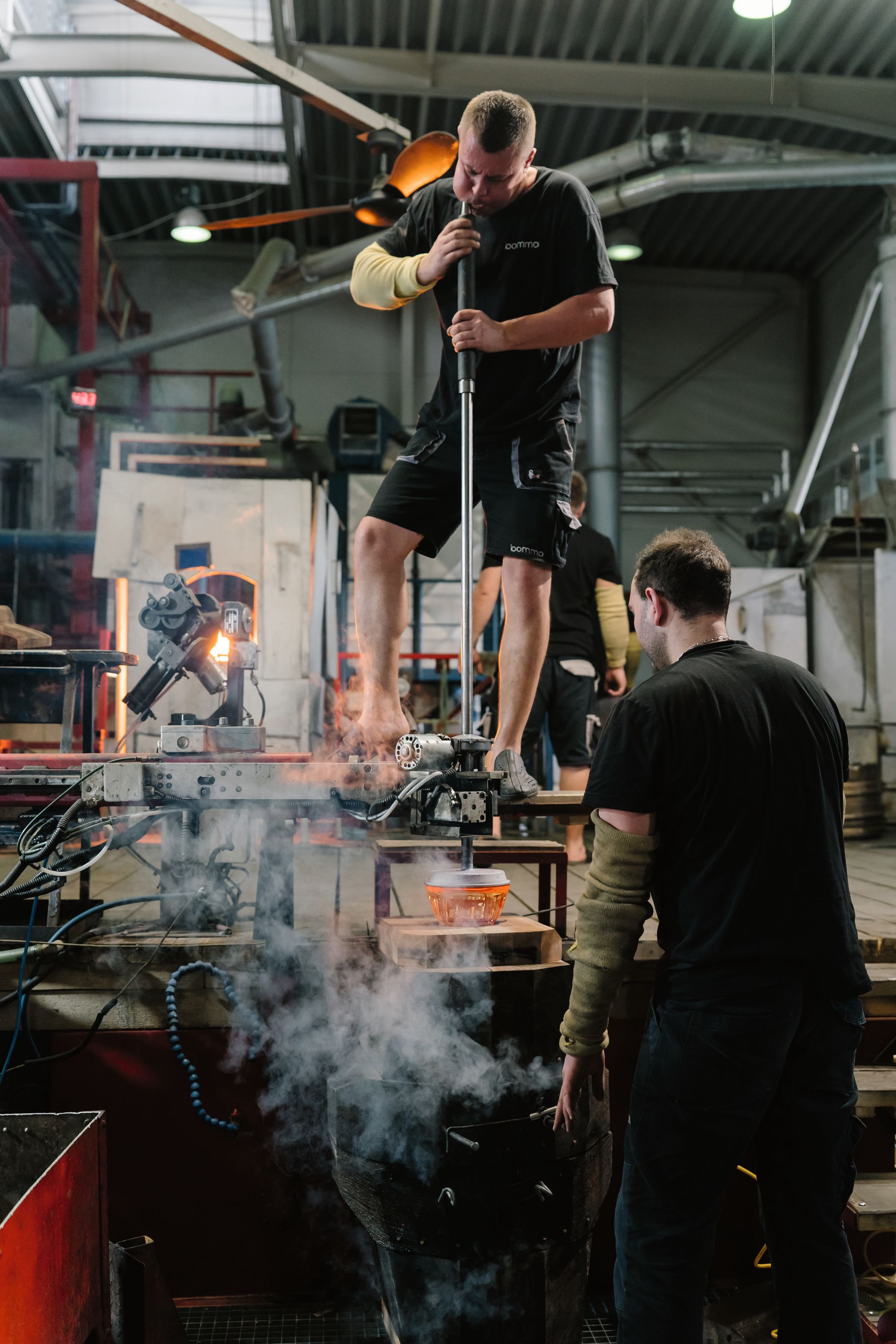
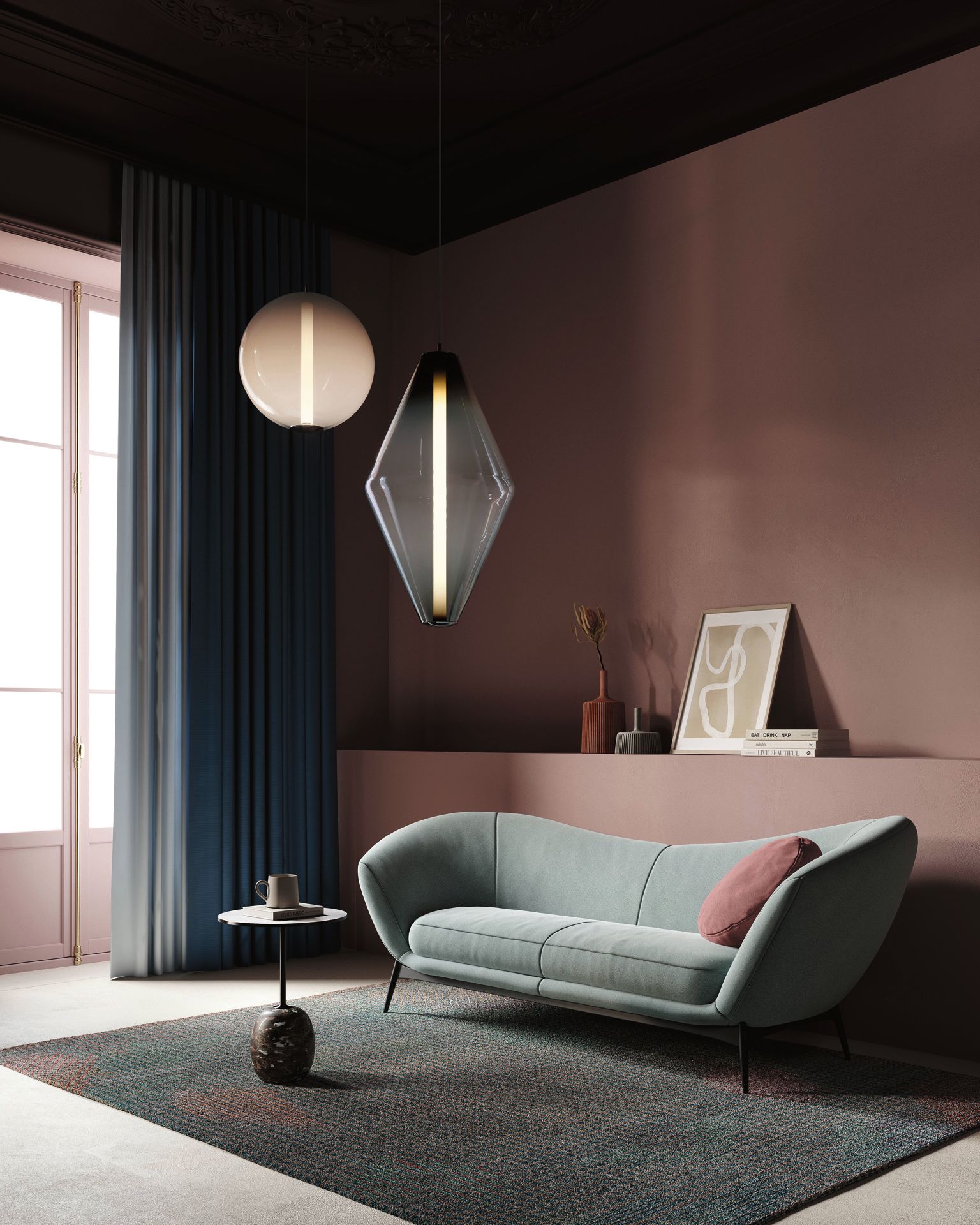
Photos: © Bomma
Václav Mlynář | Web | Instagram
Bomma | Web | Facebook | Instagram
MONUMENT Office | Web | Instagram
Continue reading H&H issue no.8!
ORDER HERE
DESIGN THE NEXT HYPE COVER!
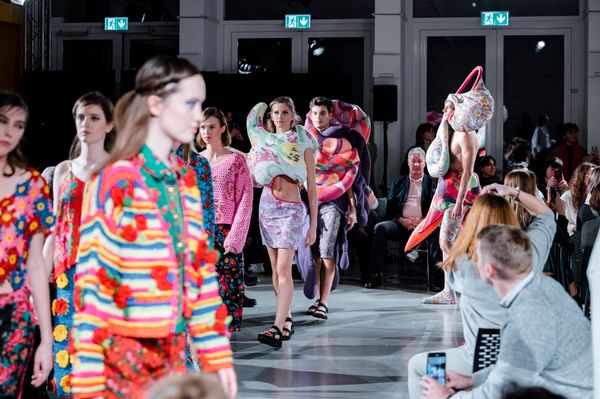
The MOME Fashion Show is back, presenting the latest generation of fashion designers










